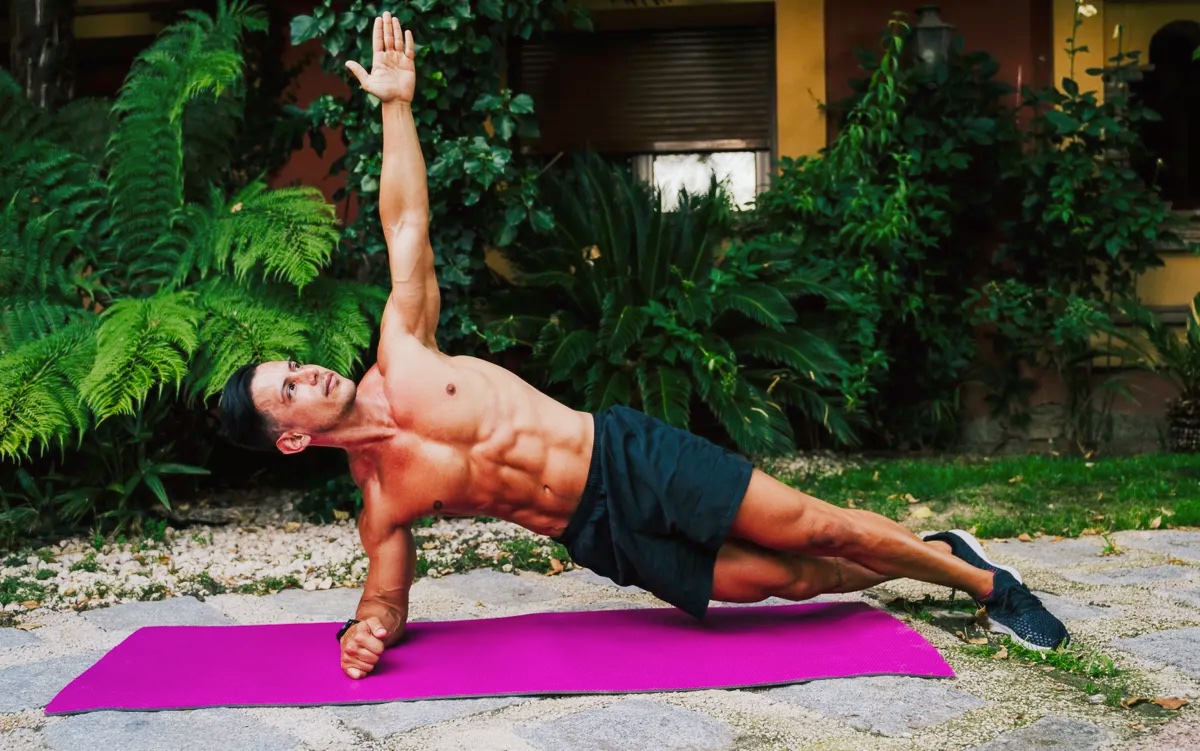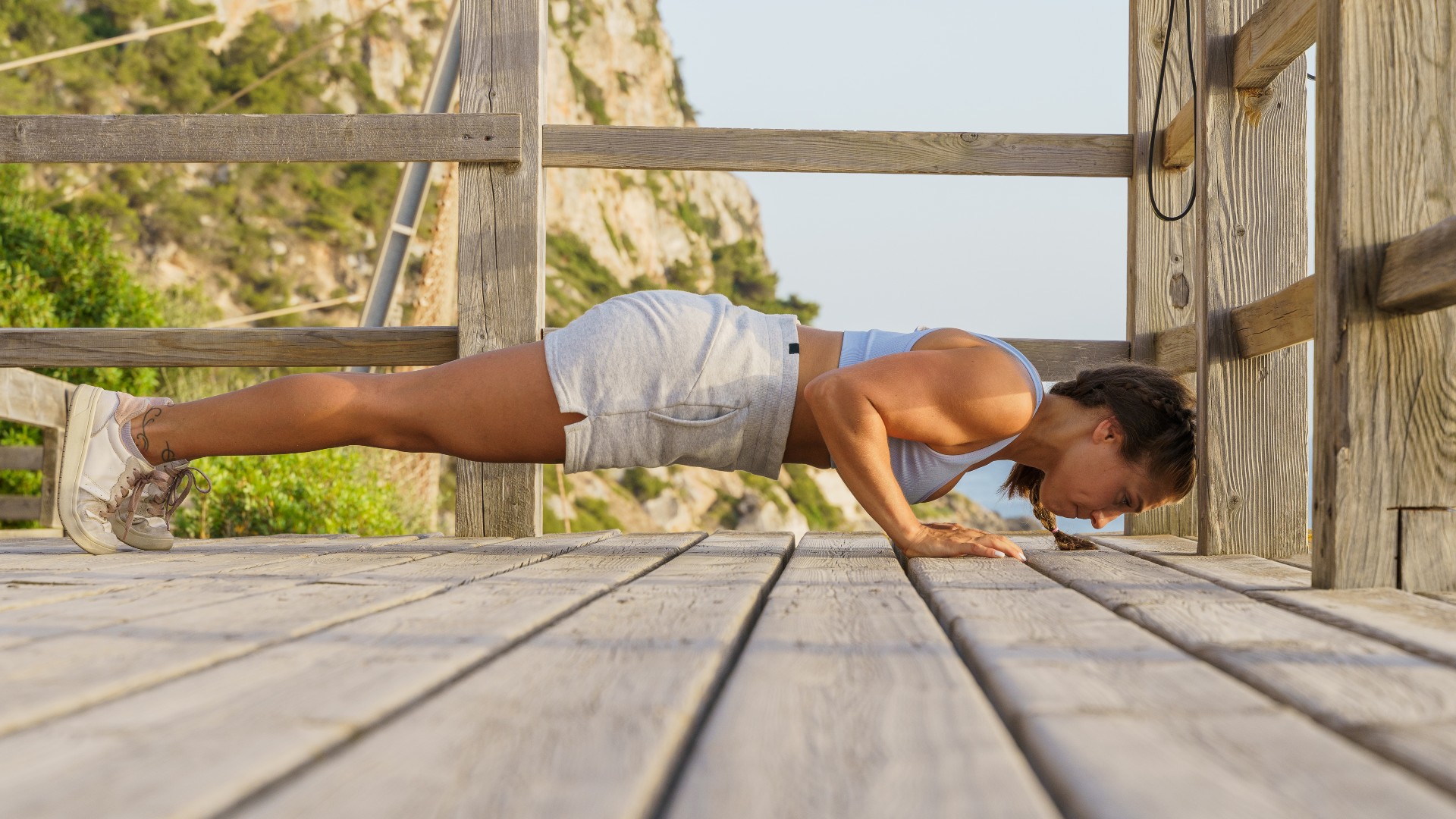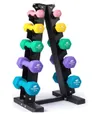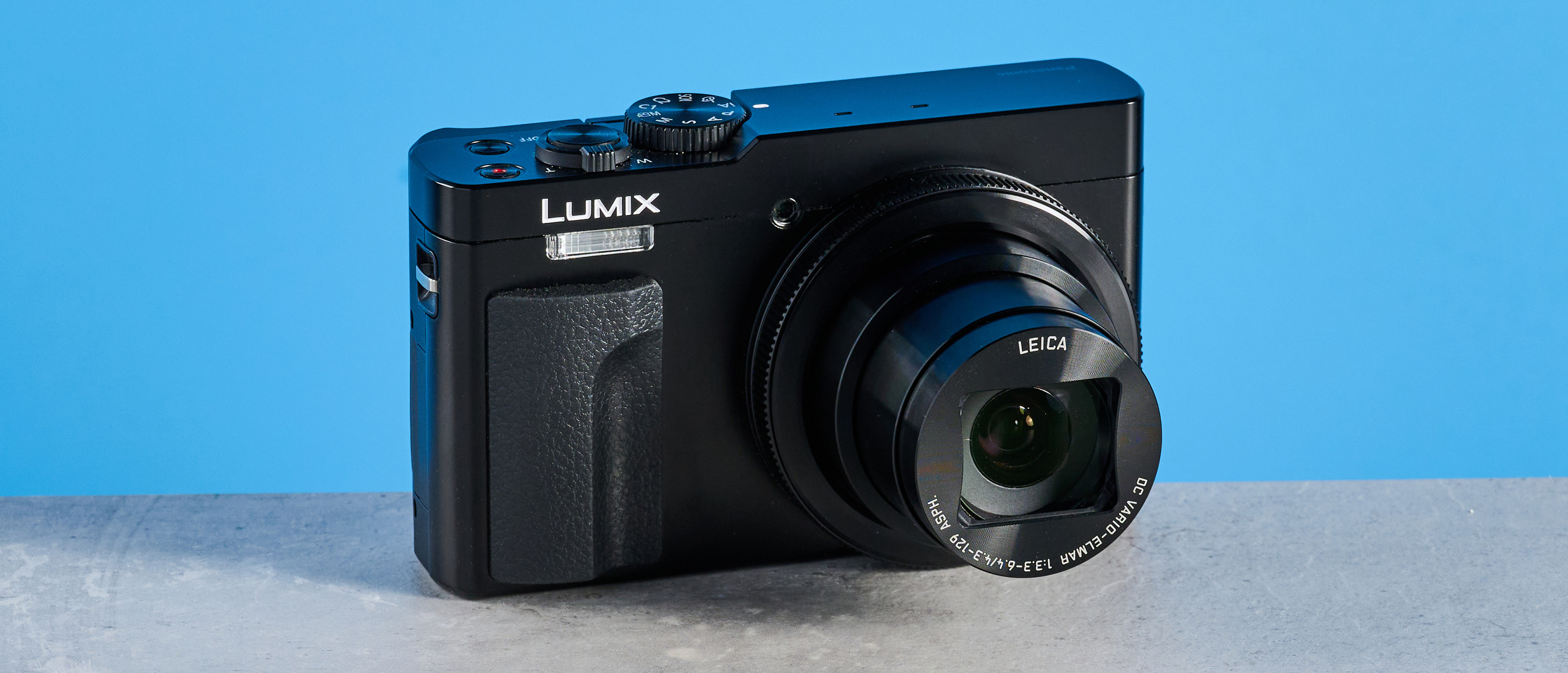
Don’t fancy Russian twists? Try plank windmills instead. They're one of the best plank variations for also strengthening your obliques — the muscles that run along your waist.
To do the windmill plank, you’ll start in a high plank position, lift an arm toward the ceiling, feed the arm underneath your body, complete reps on one side, then move to the other. You can add a set of light dumbbells to increase the intensity or work with your body weight if you’re short on equipment.
Below, I demonstrate how to do the core exercise step-by-step, and the benefits.
How to do windmill planks
If you use ab workouts as an aesthetic goal, remember to tap into other principles that can support your training efforts — diet, sleep and overall lifestyle choices.
And no matter what any celebrity trainer or otherwise tells you — no, you can’t spot-reduce belly fat, so I highly recommend learning how to calculate your body fat percentage and why it matters.
In the meantime, see how this exercise could help you build a stronger core.
- Start in a plank position with your shoulders stacked over your wrists and butt aligned with your shoulders
- Raise your right arm toward the ceiling and pivot to the right on the balls of your feet until you feel a stretch through the right side of your body
- Feed your right arm under your body and reach as far to the left side as you can, re-squaring your hips and shoulders to the mat
- Place your right hand down and repeat on your left side.
If you can, add a push-up to work your chest, triceps and shoulders at the same time.
Sign up to get the BEST of Tom's Guide direct to your inbox.
Get instant access to breaking news, the hottest reviews, great deals and helpful tips.
Planks aren’t just an exercise for building strong abs. They’re a compound exercise that activates the whole body using isometric contraction — a non-moving form of muscle contraction considered low-impact on joints.
Plank variations also strengthen superficial and deeper muscles, and adding the twist moves your trunk through rotation, working the oblique muscles. I recommend adding a variety of exercises to any routine you do, moving the body in as many directions as possible to target as many muscles as possible.
I recommend adding a variety of exercises to any routine you do, moving the body in as many directions as possible to target as many muscles as possible.
By working your core in various ways, you can build a strong, balanced, coordinated body that helps you lift heavier, run faster, and move more functionally. And by adding push-ups, known for strengthening the shoulders, triceps and pecs, along with rotation to target the oblique muscles and hips, windmill planks are a bang for your buck bodyweight exercise.
To progress the exercise, use the video above to work the arm rotations while holding a plank position. From here, perform a standard push-up, then push upward, rotate one arm toward the ceiling and send your gaze with it as you twist. Return to the plank, then repeat, adding a push-up each time.
What are the benefits of bodyweight exercises?

Bodyweight exercises are the whole basis of calisthenics workouts, which basically encompasses bodyweight training in its most basic form to advanced gymnastics.
Arguably it’s the most functional form of exercise because it teaches you to push, pull, squat, lunge, balance and coordinate your body weight using your muscles and joints without external loads.
Over time, bodyweight exercises can improve mobility (think Cossack squats and pistol squats) and flexibility and improve how you perform daily tasks or move throughout the day. In short, it teaches you how to support and use your weight.
You won’t build maximal strength using your body weight — think achieving a one-rep max on a lift — but you can build meaningful strength. Planks are low impact and help you learn to consciously activate and contract various muscle groups without moving. Adding some gentle isotonic movement (in this case, twisting) just helps to activate more of your waist and lower back.

Sam Hopes is a level 3 qualified trainer, level 2 reiki practitioner and senior fitness writer at Tom's Guide. She is also currently undertaking her Yoga For Athletes training course. Sam has written for various fitness brands and websites over the years and has experience across brands at Future such as Live Science, Fit&Well, Coach, and T3.
Having worked with fitness studios like F45 and Virgin Active, Sam now primarily teaches outdoor bootcamps, bodyweight, calisthenics and kettlebells. She also coaches mobility and stretching-focused classes several times a week and believes that true strength comes from a holistic approach to training your body.
Sam has completed two mixed doubles Hyrox competitions in London and the Netherlands and finished her first doubles attempt in 1:11.









